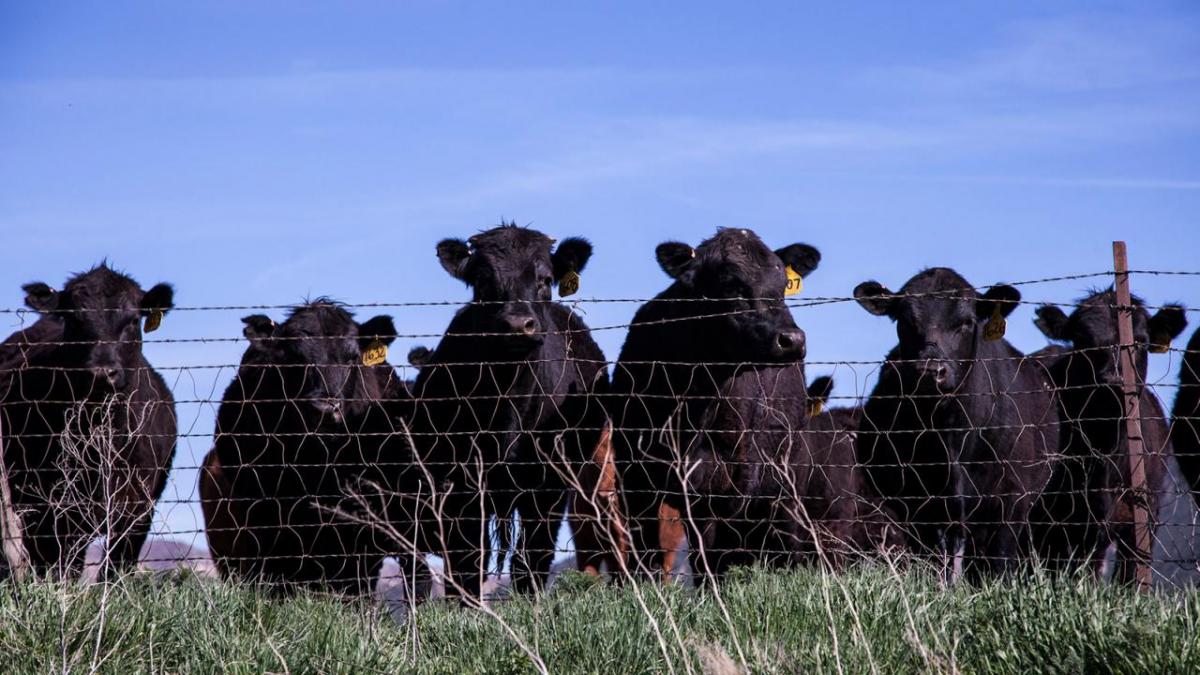This article was first published in the Nebraska Cattleman magazine
Each May and November the National Agricultural Statistics Service (USDA-NASS) solicits responses from farms with $1,000 or more in annual sales value to publish the Farm Labor Survey. This survey provides quarterly estimates of the number of workers hired and wages paid and are categorized by farm location, type, and size. Observing farm labor trends over time helps in understanding changing employment patterns in the type of labor being demanded, hours per week for hired work, and how wages across the different types of operations have changed over time. Separating these trends out by geographical region further reveals how observed changes are not ubiquitous. For this article focus on employment and wage patterns in crop, livestock, and crop + livestock operations between 1987-2019 located in the Northern Plains (North Dakota, South Dakota, Nebraska, Kansas) and Southern Plains (Oklahoma and Texas).
Northern Plains long-term employment remains steady with shifting seasonal pattern in short-term employment
Long term employment is defined as labor that has been hired for more than 150 days. Long term labor in the Southern Plains has decreased dramatically from an average of 40,000 people annually to 25,000 annually. The decrease in long term labor for Southern Plains operations has occurred in all seasons besides October where it has remained relatively stable. Employment for agricultural operations in the Northern Plains has remained relatively steady at 20,000 annually and does not vary greatly across season.
Short term labor is defined as labor hired for less than 150 days. The demand for short term labor varies greatly year to year. Southern Plains short term employment is relatively more volatile compared to Northern Plains operations. Northern Plains operations employ nearly twice as many short term employees and this trend has been increasing. Short term labor variation patterns have significantly changed for Northern Plains operations. For example, short term labor in Jan decreased by nearly half between 1987 and 2019 whereas short term labor in April has remained relatively steady during this same time frame.
Northern Plains livestock operations are at a significant wage disadvantage compared to other operations
Wages paid to hired labor is reported in dollars per hour and exclude fringe benefits paid to employees, if applicable. Comparing wage rates across different types of operations reveals wage premiums and discounts. Figure 1 displays the difference in wage rates between animal operations, crop operations, and combined animal plus crop operations. Between 1987 and 2019 Northern Plains livestock operations have been paying workers a significant wage discount. Prior to 2010 this discount was approximately $0.50 per hour; However, since 2010 this discount has increased to almost $3 per hour. In other words, hired labor could earn $3 more per hour by choosing to work for a crop operation compared to a livestock operation. This discount is not present for Southern Plains operations. On average Southern Plains livestock operations pay workers $0.75 more per hour compared to crop operations. Similar price premiums and discounts patterns are observed in the Northern and Southern Plains comparing livestock to combined crop & animal operations.
This expanding Northern Plains wage discount is most pronounced in January and October (see Figure 1). For example, the wage discount between livestock and crop operations in October prior to 2003 was approximately $0.50. In 2019, this wage discount is close to $3. Southern Plains operations do not exhibit such seasonal patterns. For example in October there is a wage premium that has increased from $0.50 to almost $1 more per hour between 1987 and 2019. Similar findings for wage discounts and premiums are observed across all times of the year for both Northern and Southern Plains operations.
The largest wage growth in the United States came from packers and packagers hired labor
National annual wage rates across different worker classifications are reported between 2015 and 2019. Wages across all these sectors increased between 2015 and 2019. In 2015, livestock workers received an average of $11.75, crop workers $11.00, graders and sorters $10.80 , and packers and packagers $11.20 per hour. The largest increase in wage rate was observed in packers and packagers which increased from a little over $1120 per hour to approximately $14.00 per hour.
Figure 1

Elliott Dennis
Assistant Professor of Livestock Marketing and Risk Management
Department of Agricultural Economics
elliott.dennis@unl.edu
